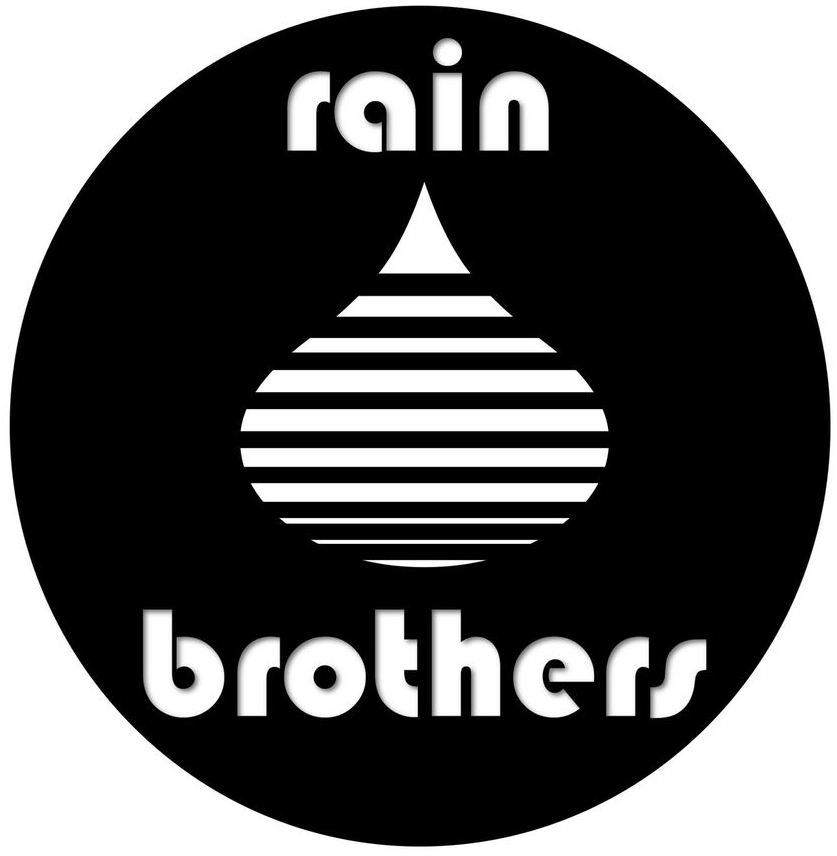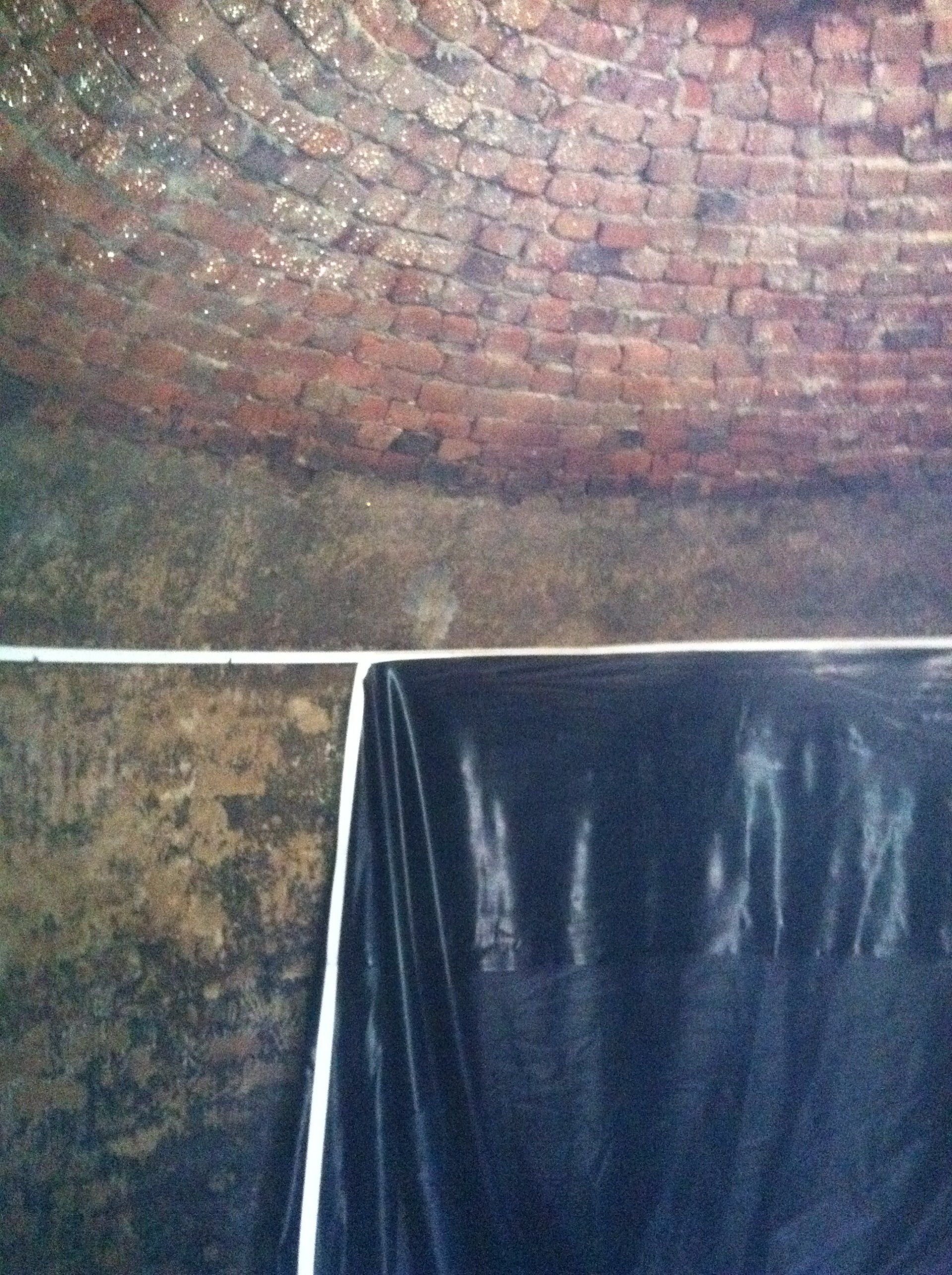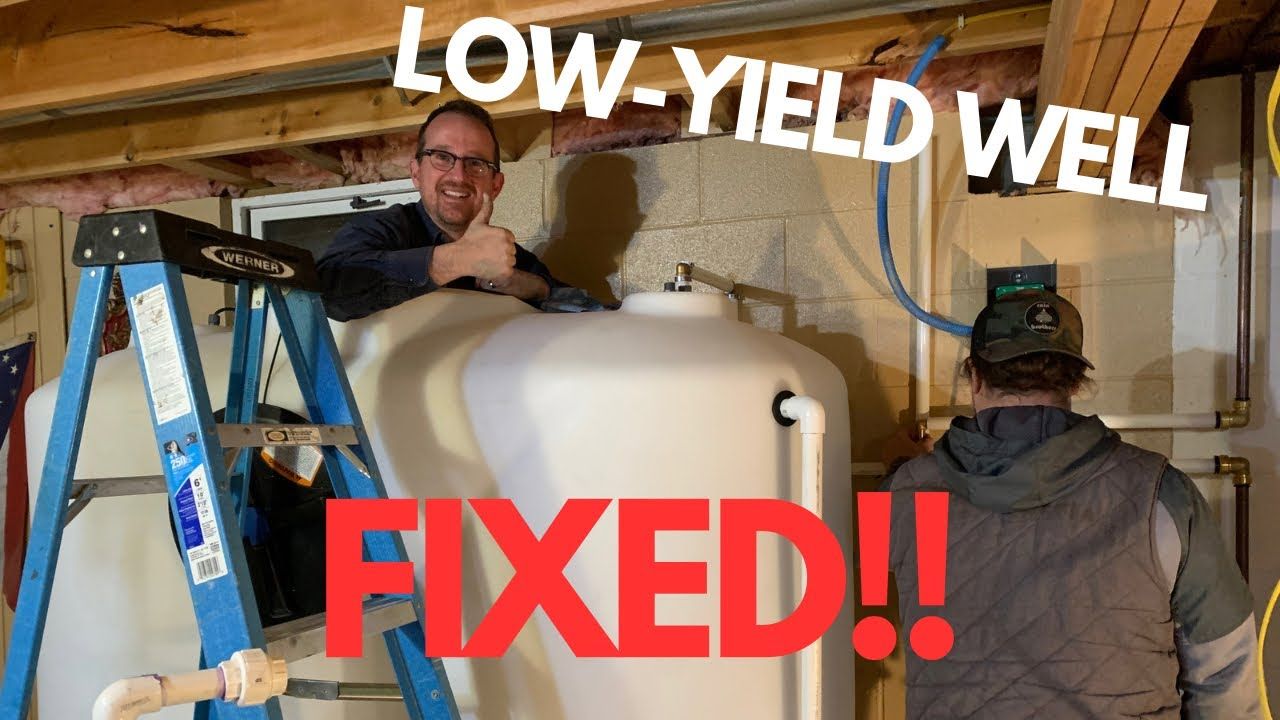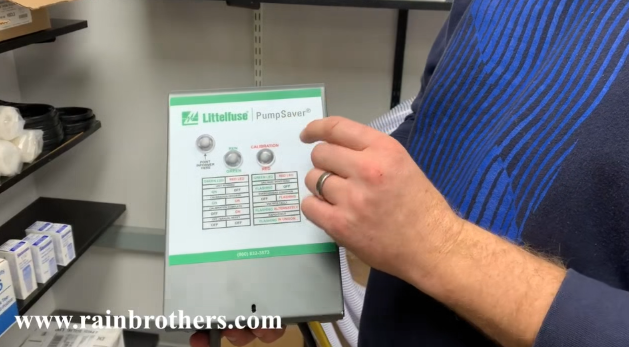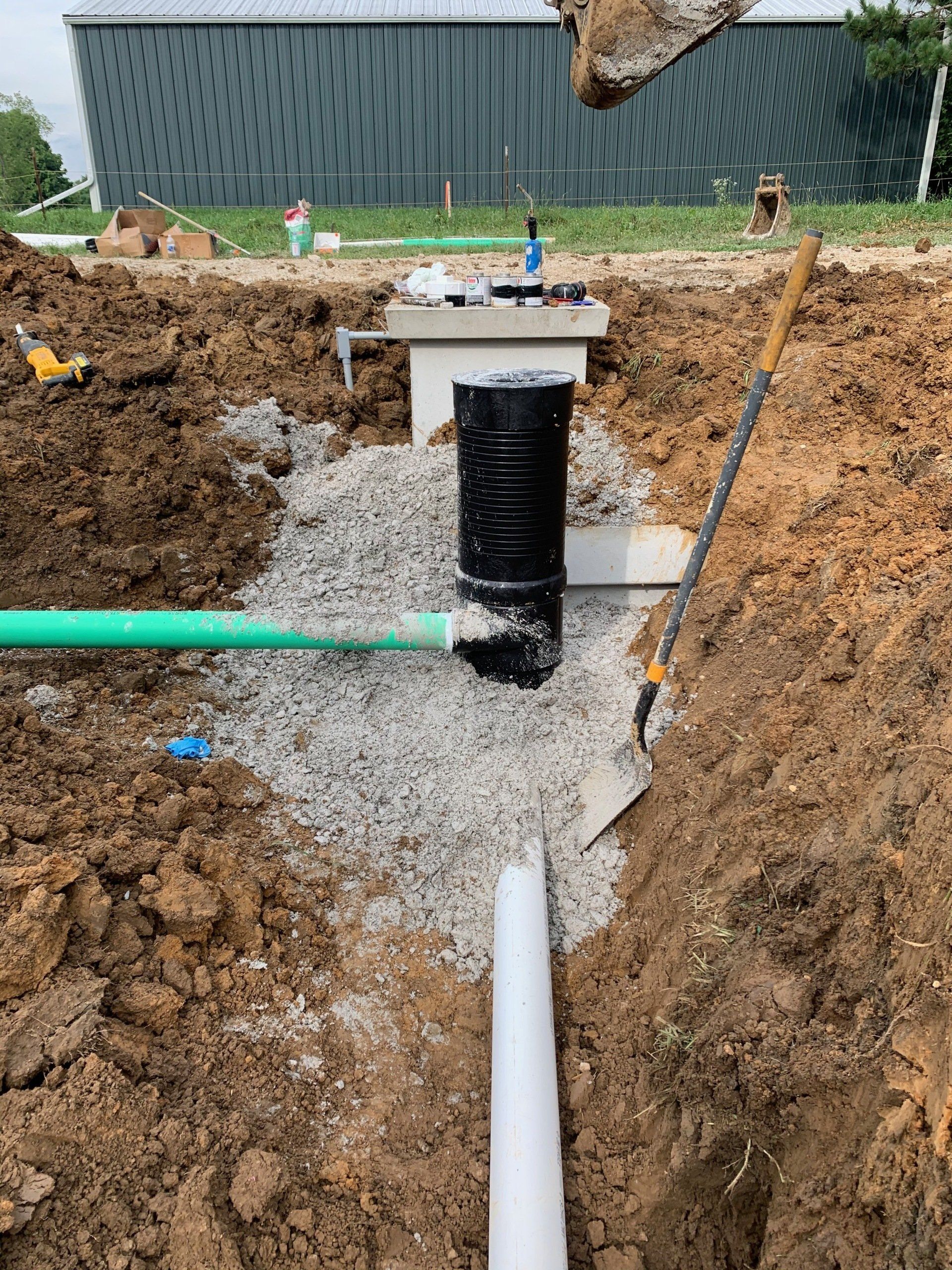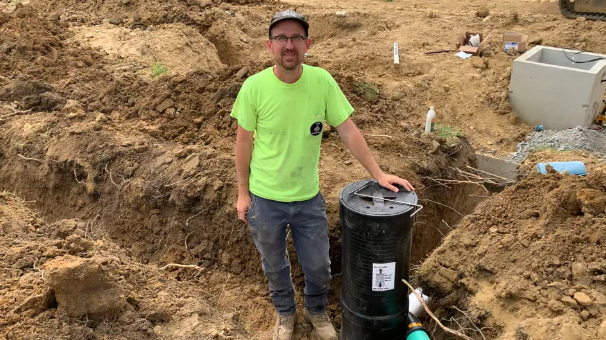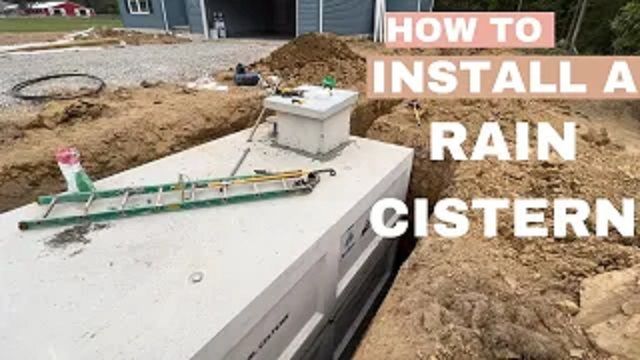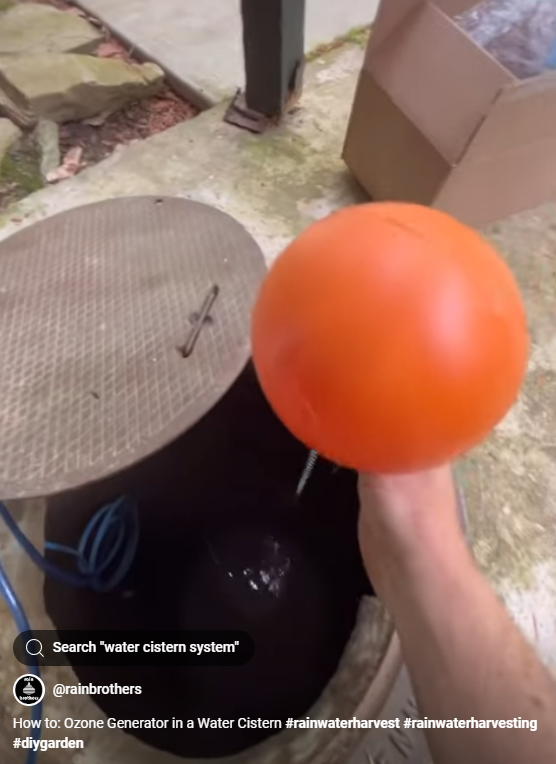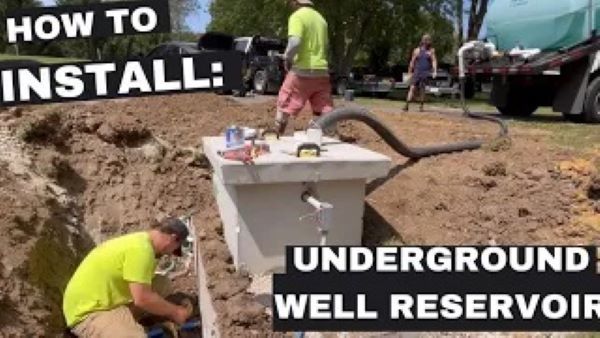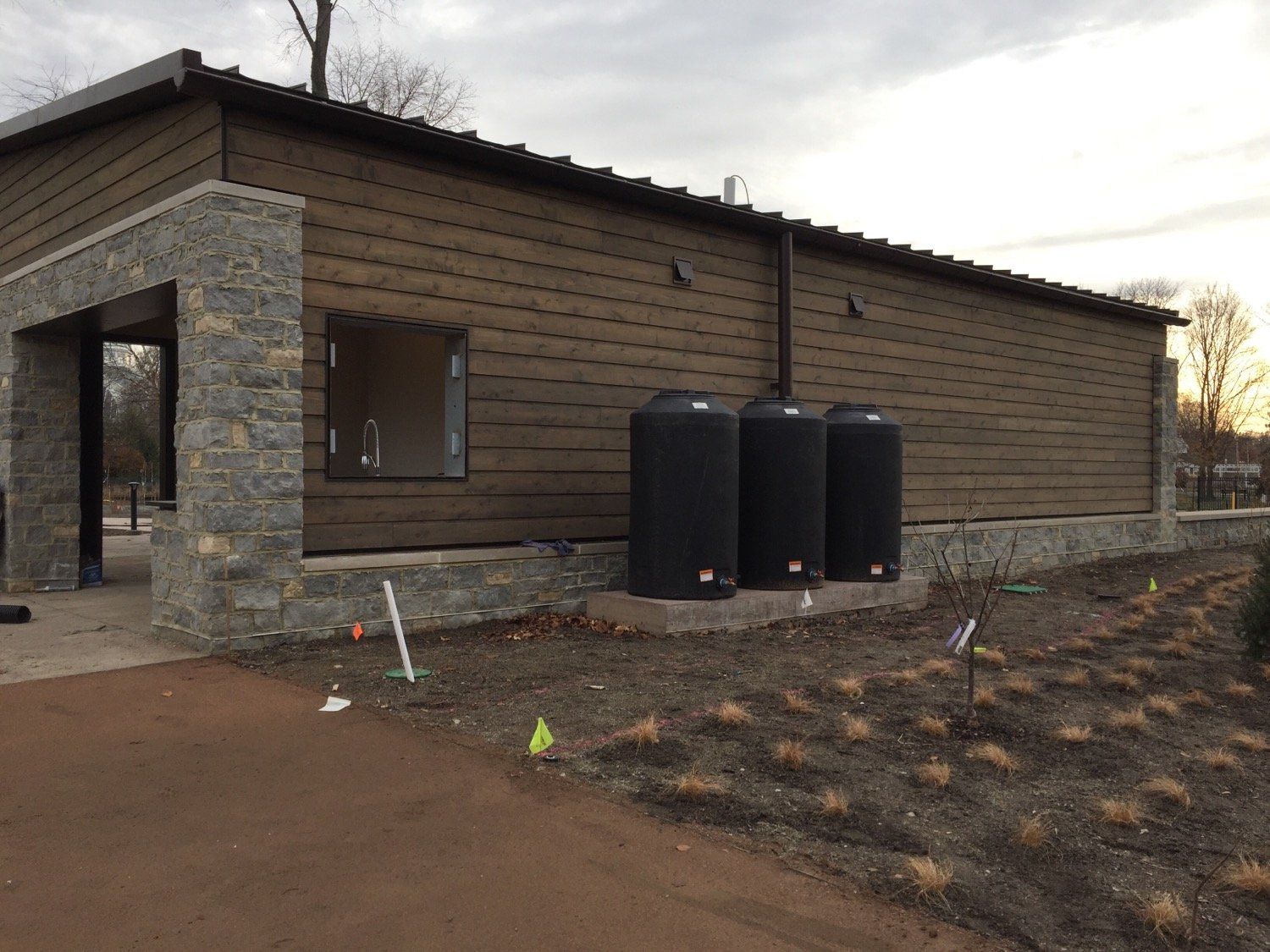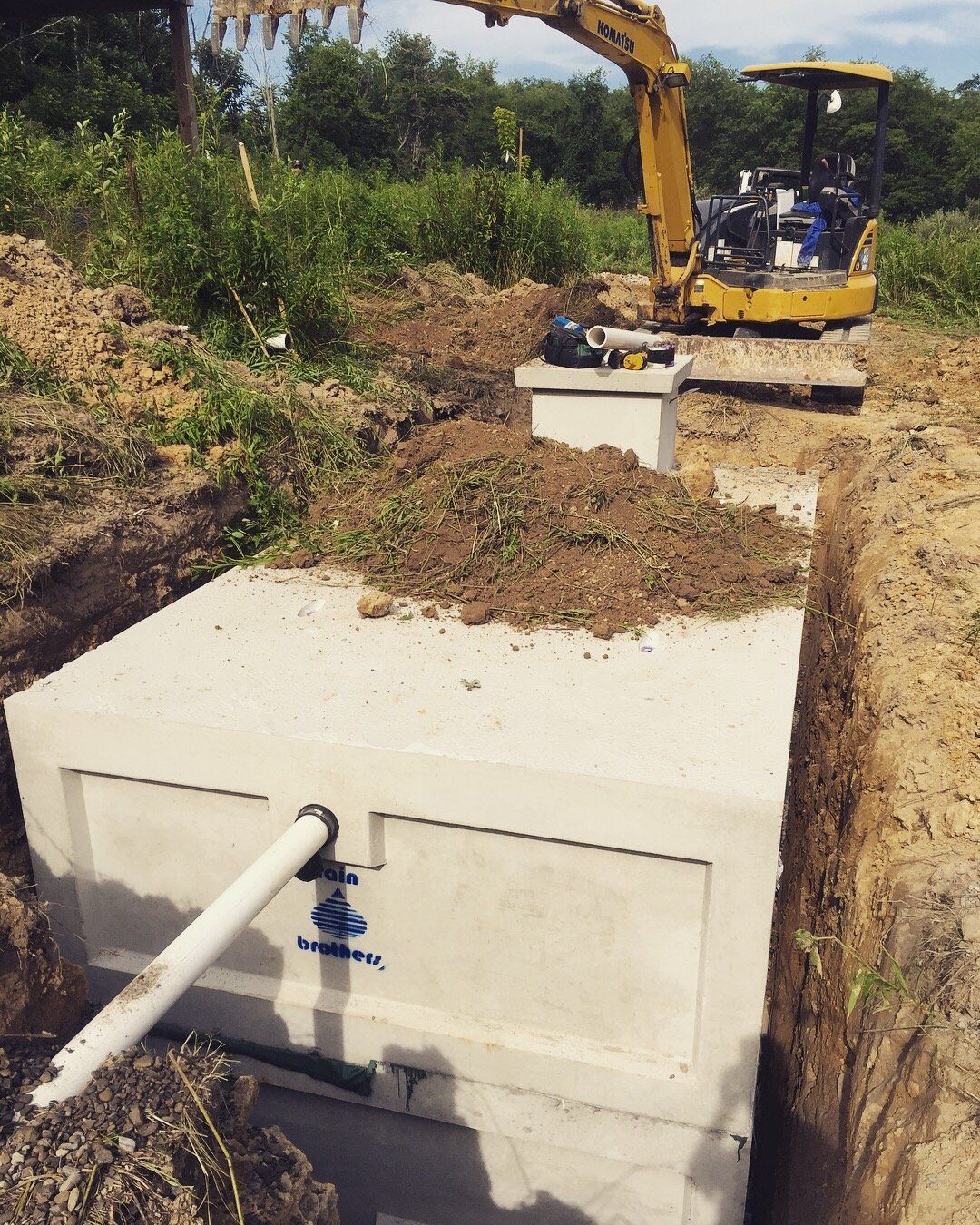What To Do With An Old Cistern
Introduction
Discovering an old cistern in your yard can be an intriguing and unexpected find. Whether you stumbled upon it by hitting a cast iron cap or noticed a deepening hole lined with bricks, these historical structures were once a crucial part of early infrastructure. This guide will help you understand what options you have if you uncover an old cistern, including steps to restore it or replace it, ensuring it becomes a functional and valuable part of your property.
Restoring an Old Cistern
If you're reading this, chances are you just discovered an old brick or stone cistern in your yard. Perhaps you hit a cast iron cap? Or maybe you were out in the yard and noticed a small hole and, as you dug around, noticed that hole got deeper and deeper, and that there were bricks lining the hole?
Cisterns were a huge part of early infrastructure. It was commonplace – especially in the north – to incorporate a cistern when a new home was constructed pre-1920. In fact, I can almost guarantee that homes built here in Columbus, Ohio by or before 1920 had a cistern or a hand-dug well on-site, and the cistern was probably made from brick, was hand-dug, and was made into a sphere (typically proportional in size to the roof from which it was harvesting rain). We ourselves have come across and/or been inside more than 50 old cisterns within Columbus city limits alone.
So what are your options if you discover an old cistern?
Old cisterns can be relatively easy to restore if the following are true:
- It is not full of debris;
- The downspouts are still connected to the existing downspout drains; and
- The cistern is still water tight.
Typically, though, none of those three things are true with old cisterns we come across, in which case it can be a very labor-intensive process to get the cistern back up-and-running.
If none of the above three items are true for your tank, then it is most likely going to be less expensive to fill in your existing cistern and replace it with a new tank. However, if the cistern does not have much debris in it, then #1, the most labor-intensive process can be crossed off the list (whew!).
If you can see inside the tank, then the next thing to check is whether or not downspouts are still running into it. The easiest way to do this is to simply bring a garden hose to the downspout that is closest to your cistern, and, if the downspout runs into a pipe that leads underground, run the water and let it drain straight into that pipe. Let it run for a few minutes, then go to the cistern and listen for incoming water. If you hear water, then #2 you’re good to go. If nothing, then try another downspout. If nothing again, chances are good that your downspout drains no longer tie into your cistern, in which case new drainage will have to be run.
If you do have water draining in, then the third and final thing to check is whether the tank is holding water. To do this, fill the tank to a visible water level. Measure, then measure again, and write down the confirmed measurement. Wait a day and take a new measurement. If the two measurements are the same, #3, you're in luck again! If they are not, then your tank walls need to be re-sealed or lined. Cleaning and re-sealing or lining your cistern is a somewhat DIY-friendly project (see video: “How to stop a cistern water tank from leaking the RIGHT WAY!”). We use Masterseal 581 in gray and white for this purpose, and offer it on our website for local pickup only.
Once the tank is sealed and the downspouts are draining to it, the last step will be establishing a way to draw the water out of the tank. Typically, our customers use electric pumps for this. Please see the line of electric pumps that we carry to help you with your project.
Summary
In conclusion, discovering an old cistern on your property opens up a range of possibilities. Restoring it involves checking for debris, ensuring downspouts are connected, and confirming the tank is watertight. If restoration is viable, sealing the tank and setting up a water extraction method will bring your cistern back to life. However, if these conditions aren't met, replacing the cistern might be the best option. For further assistance and the right products to make your restoration project easier and more cost-effective, feel free to contact us. Thanks for reading!
Note: We do offer cistern cleaning and sealing services within a 120 mile radius of our office in Yellow Springs, Ohio. If you'd like us to do this for you, please fill out this detailed form. We are often dealing with somewhat of a backlog on service projects, please be patient with us it may take 2-3 months to get to your project, so if you need this service, book it now. Thank you!
Products mentioned in this article
Springer Series Traditional Pump Kit (115V or 230V)
https://www.rainbrothers.com/store/Springer-Series-Traditional-Pump-Kit-115V-or-230V-p461777892
MasterSeal 581 - 50 LB Bag
https://www.rainbrothers.com/store/MasterSeal-581-50-LB-Bag-p645349052
